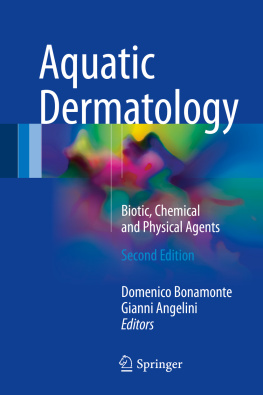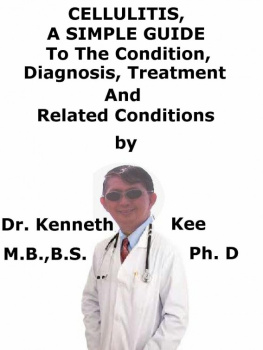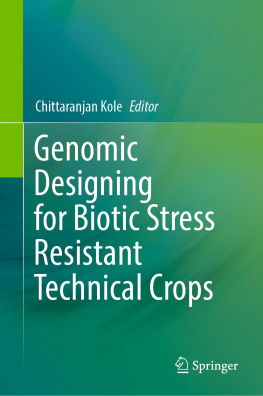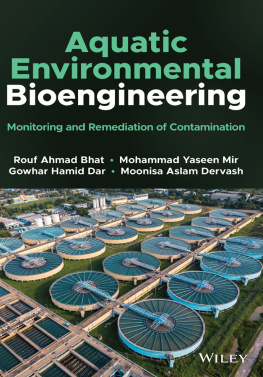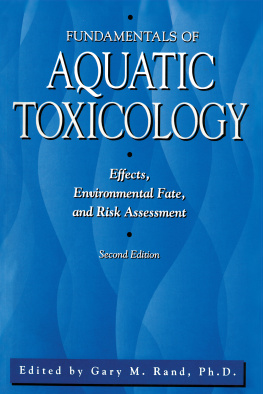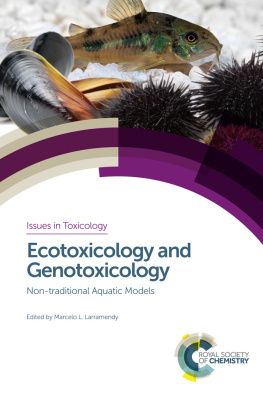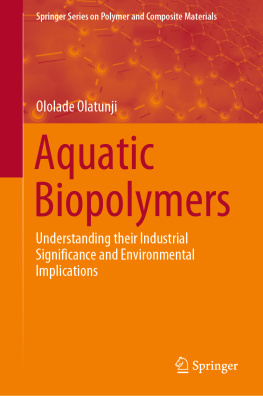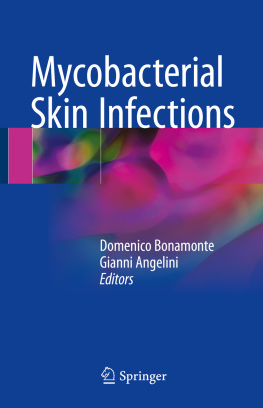1. Introduction
The aim of this work is to provide dermatologists, general practitioners, physicians working in emergency settings, biologists and all those concerned with diseases arising due to contact with the aquatic ecosystems, with a comprehensive guide to the cutaneous clinical presentations induced by different types of aetiopathogenic mechanisms, above all biotic but also chemical and physical, in the various types of salt- and freshwater environments. The closest analysis will be devoted to clinical skin pictures induced by biotic agents, owing to the extremely high frequency of these observations worldwide.
Throughout history, man has migrated to try and find places to live near water - the sea, rivers or lakes. Nowadays in particular, in our technologically advanced age offering so vast a choice of leisure activities, water activities, even just during the short holiday period, have become a must for us all. What is more, they allow us to enjoy two other ingredients that are generally considered to be antidotes to the stresses of everyday life, in other words semi-nudity and exposure to the sun.
In recent decades more than ever, during warmer weather the coasts are literally invaded by millions of holidaymakers attracted by the chance to practice water and underwater sports. However, although these enthusiasts are fascinated by the marine and submarine panorama, they are often entirely ignorant of the flora and fauna that populate the aquatic environment and above all of the lurking dangers it hides.
Diseases and accidents caused by the aquatic environment have therefore increased year by year, giving rise to the rapid development of Aquatic Medicine, now a specialist field in its own right: indeed, close attention is now paid to the various professional underwater diving diseases. Instead, Aquatic Dermatology seems to have been comparatively neglected, despite the enormous number of patients that present with aquagenic dermatoses.
Oceans, rivers, lakes, ponds, swimming pools and aquariums all contain innumerable animal and vegetable organisms of variable sizes, including myriads of microscopic organisms. During the course of evolution, many aquatic species have developed natural defense and offense mechanisms against their natural foes and can sting or bite, quite apart from the fact that they frequently possess a venomous apparatus. Unfortunately, these self-protective mechanisms are sometimes turned on chance or involuntary aggressors, such as swimmers, underwater divers and fishermen.
Poisonous bites or stings can induce not only various dermatological pictures but also systemic reactions, often of a serious or even fatal nature. In any case, even when the damage is not serious, the very fact of being attacked in deep water can cause the swimmer to panic, and thus pose a danger in itself. Most fatal accidents, that are fortunately rare, are not in fact due to the toxicity of the poison injected but to the functional impotence it triggers as a secondary symptom, which can paralyze the victims ability to swim or to resurface correctly from the depths.
From the medical viewpoint, by no means all the complex problems linked to poisonous marine organisms have yet been entirely elucidated, and the various clinical manifestations of toxic aquatic origin are often quite unknown to the public, while even the doctor is barely more conversant with them. To compound the problem, the boom of plane travel and extreme tourist mobility to distant holiday clubs and even submarine safaris, has meant that the onset of afflictions of an aquatic nature may occur even after the tourists return from far-off waters (imported dermatoses). For this reason, an Italian dermatologist may be asked to recognize and treat an unfamiliar disease contracted in the Caribbean or in Polynesia, for instance.
Although many aquatic dermatological diseases resolve spontaneously, their importance must not be underestimated. Immediate, appropriate treatment of these clinical forms can prevent very serious systemic consequences. Clearly, therefore, the clinical suspicion must be followed by a firm diagnosis, especially in the presence of life-threatening reactions. The aim of this work is to furnish the doctor with a knowledge of the innumerable aetiological factors underlying aquatic dermatitis complaints, together with the various clinical pictures observed, and some notions of specific treatments.
Many of the diseases dealt with are skin afflictions caused by Mediterranean flora and fauna, of course, but some aetiological agents from more remote and exotic seas are also referred, with their respective clinical pictures. It should be borne in mind that for reasons linked to the various aquatic human activities, and in particular to global warming, that is particularly evident in the Mediterranean Sea, there have been countless reports in recent years of alterations of the normal balance of flora and fauna, and of their uncontrollable effects on the biodiversity of this closed environment. There can be no doubt, for instance, about the increasing phenomenon of translocation of new animal species through the Gibraltar straits, and above all the Suez Canal. Owing in particular to fouling by ships keels and the ballast waters inside oil tankers, especially those coming from the Indo-Pacific and the Caribbean, this phenomenon is proceeding apace at a speed that would hitherto have been unimaginable. Various exotic fish species that inhabited the coral reefs of the Red Sea or around the Polynesian islands can be seen swimming, or could be caught, along the Italian coasts. Other less attractive species like sharks have also moved in.
It is important, however, to take into account the fact that unlike in other geographical areas, in the Mediterranean Sea there should be no marine species present that are particularly harmful to man. This characteristic sets the Mediterranean apart from all the other seas and oceans on earth. It features a relatively high quantity of dissolved mineral salts (37.7 g/l). Also, it is really, brilliantly blue, again unlike the oceans and the North Sea, and the water is relatively transparent thanks to the hydrodynamism of the strong sea currents and marked thermal variations. However, the lesser frequency and severity of diseases caused by Mediterranean fauna is perhaps the very reason (although no justification) why the biotoxins present in this sea have been so little studied, in comparison with their tropical counterparts, and why so little research has been devoted to the specific antisera.
Diseases caused by aquatic organisms can be of three different types: toxic, toxo-traumatic, and traumatic. This volume will focus particularly on the first two types, although it includes a section devoted to various traumatic events (such as an encounter with a shark, for instance), to complete this treatise of a multiforme, multidisciplinary scientific field of study.
Apart from the diseases caused by both large and microscopic biotic agents present in all types of water environments, an ample section of this volume will address non biotic skin conditions induced by direct contact with salt- and freshwater. Aquatic pruritus, aquagenic urticaria, cold aquatic urticaria, and other possible conditions arising during the different aquatic activities will conclude this clinical overview of aquatic dermatology.

